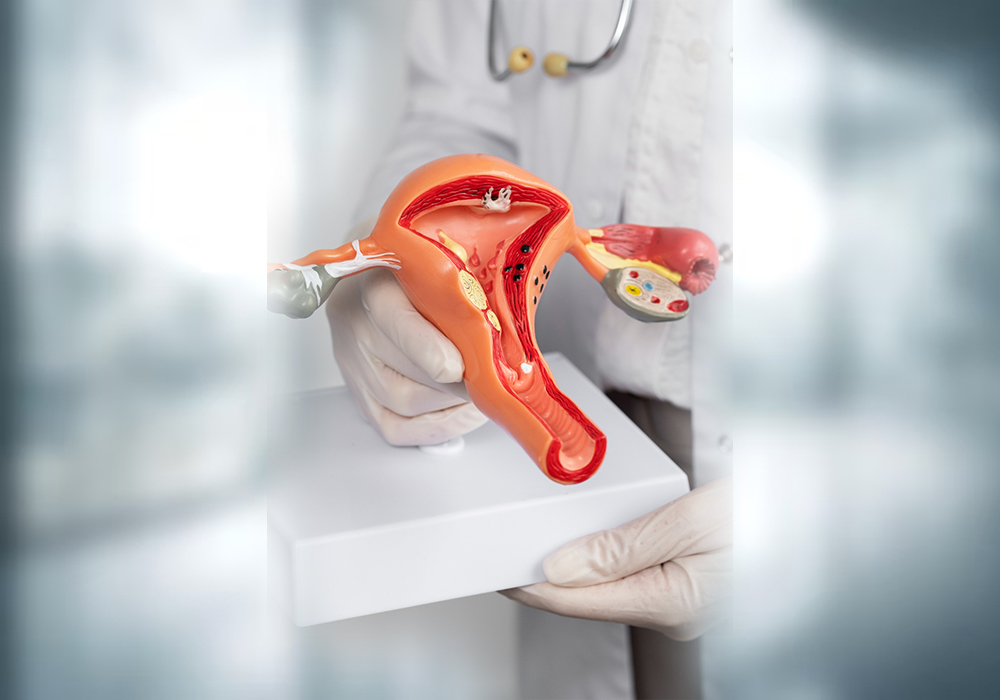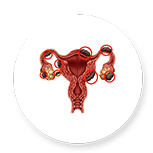Opt for Safe Hysterectomy at Be Well Hospitals

A hysterectomy is a surgical procedure to remove the uterus. It may also involve removal of the cervix, ovaries, or fallopian tubes depending on the patient’s condition. Hysterectomy is often recommended for conditions such as uterine fibroids, heavy menstrual bleeding, endometriosis, pelvic pain, or cancer. Once the uterus is removed, menstruation stops permanently, and pregnancy is no longer possible.
Total Hysterectomy: Removal of the uterus and cervix.
Subtotal or Partial Hysterectomy: Removal of the uterus, leaving the cervix intact.
Radical Hysterectomy: Removal of the uterus, cervix, surrounding tissue, and upper vagina—typically performed in cancer cases.
Laparoscopic Hysterectomy: A minimally invasive approach using small incisions, a camera, and instruments for a quicker recovery.
Abdominal Hysterectomy: Traditional open surgery, recommended in more complex cases.
Vaginal Hysterectomy: Removal of the uterus through the vagina, avoiding external incisions.
Be Well Hospitals offers customized hysterectomy care with a focus on minimizing pain and maximizing recovery. Our experienced gynaecological surgeons use the most appropriate surgical method based on each patient’s diagnosis and health profile.
Duration: Surgery takes 1.5–2.5 hours.
Hospital Stay: 1–3 days depending on the type of surgery.
Recovery Time: Return to routine activities within 4–6 weeks. Laparoscopic cases may recover faster.





Yes. It’s one of the most commonly performed surgeries for women with gynaecological issues that do not respond to medication or other treatments.
Only if your ovaries are removed. If your ovaries remain, your hormone levels typically remain unchanged.
Recovery can vary depending on the type of surgery. Laparoscopic or vaginal hysterectomy may allow return to normal activities within 2–4 weeks, while open surgery may take 6–8 weeks.
Most women report improvement in sexual health after healing, especially if the hysterectomy resolved a painful condition.
Includes pelvic examination, imaging (ultrasound/MRI), lab tests, and counselling to determine the right approach.
The surgery is performed under general or regional anaesthesia based on patient preference and medical need.
Depending on the case, the uterus is removed via abdominal, vaginal, or laparoscopic means. Additional organs may be removed if necessary (e.g., ovaries in cancer cases).
All incisions are carefully closed, and the patient is shifted to a recovery room for close monitoring.
Typically 1–3 days depending on surgical method and recovery pace.
Includes medication for pain management, rest instructions, and guidance on resuming daily activities. Follow-ups are scheduled to ensure healing and address any concerns.